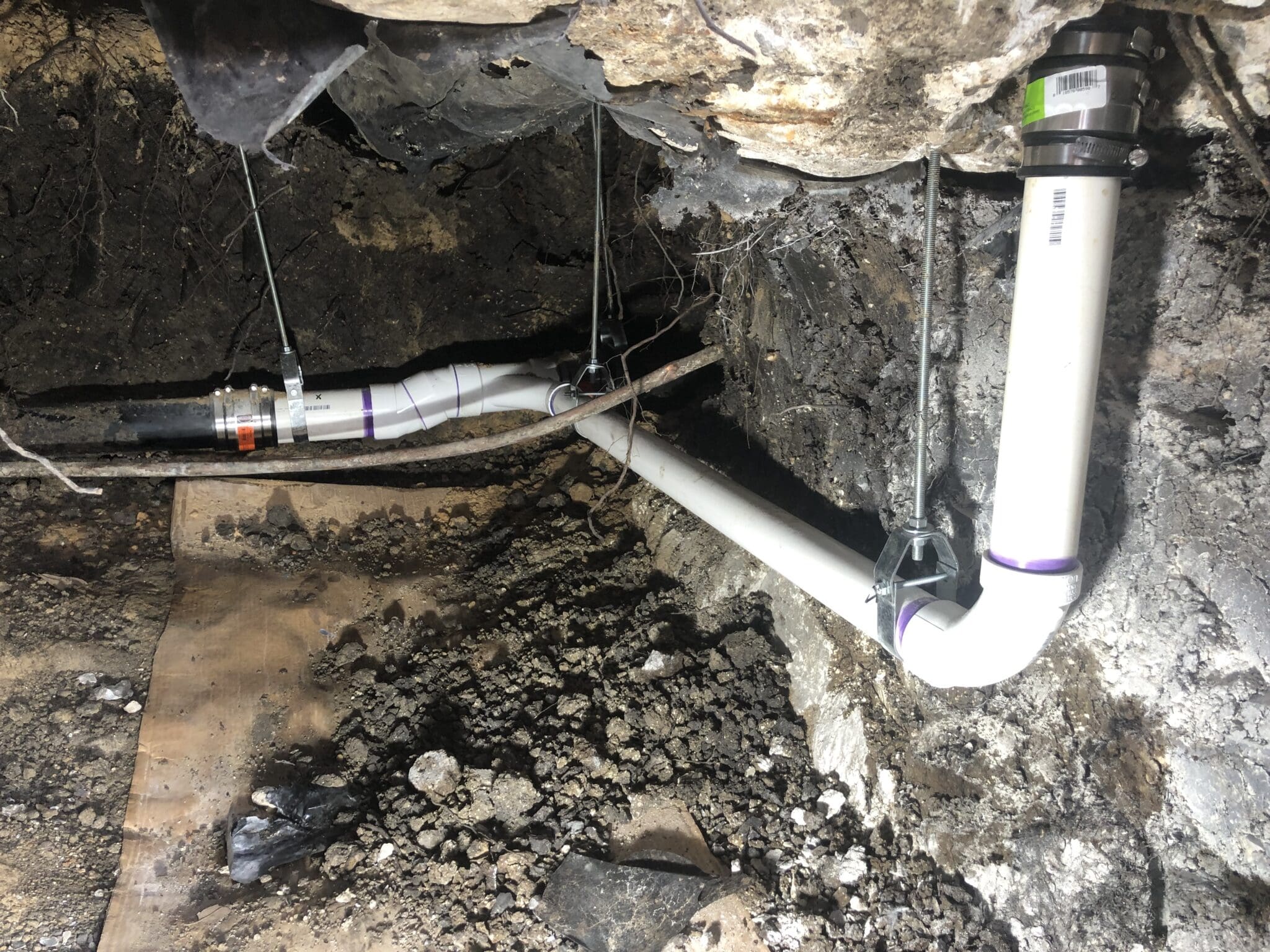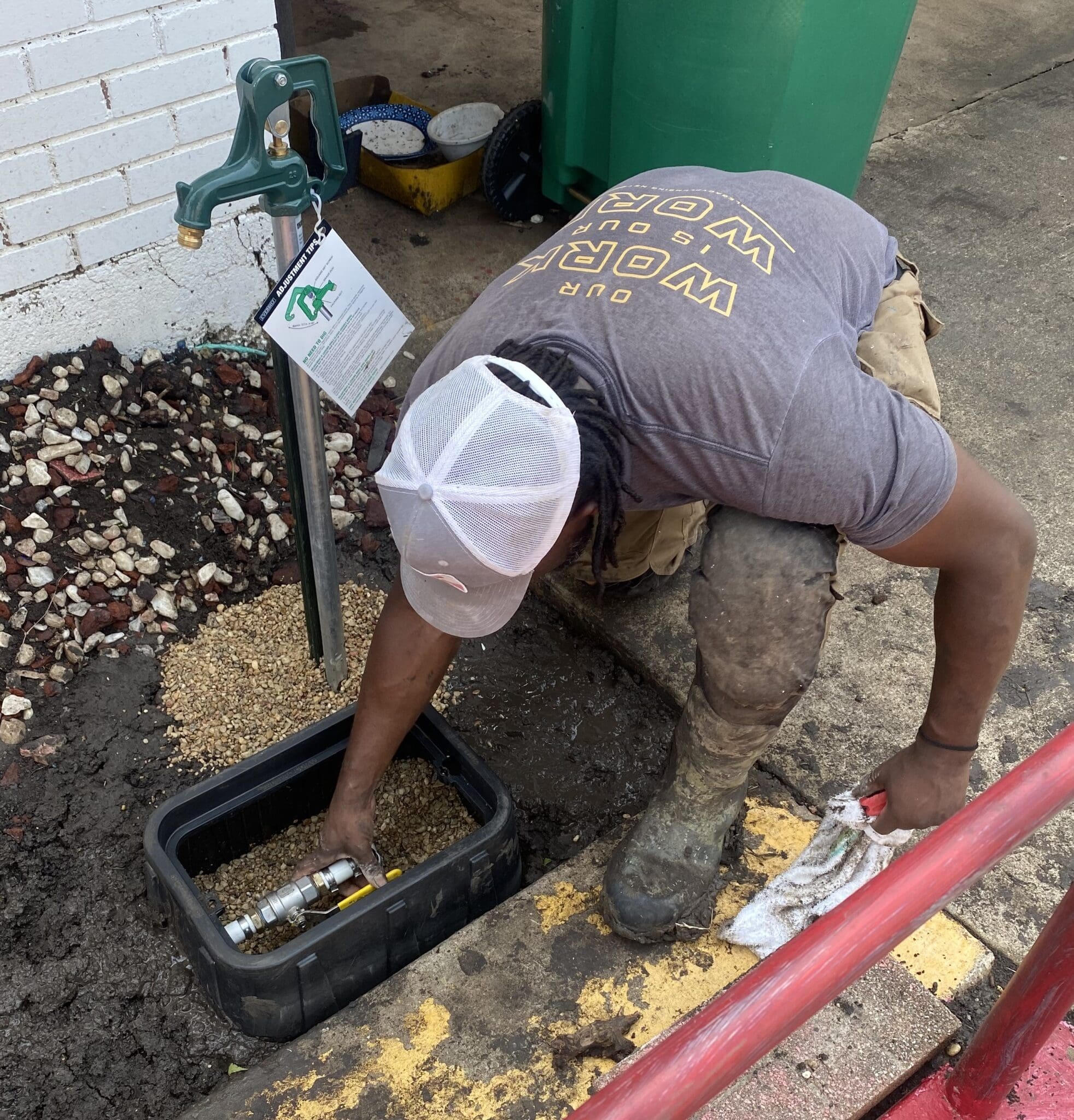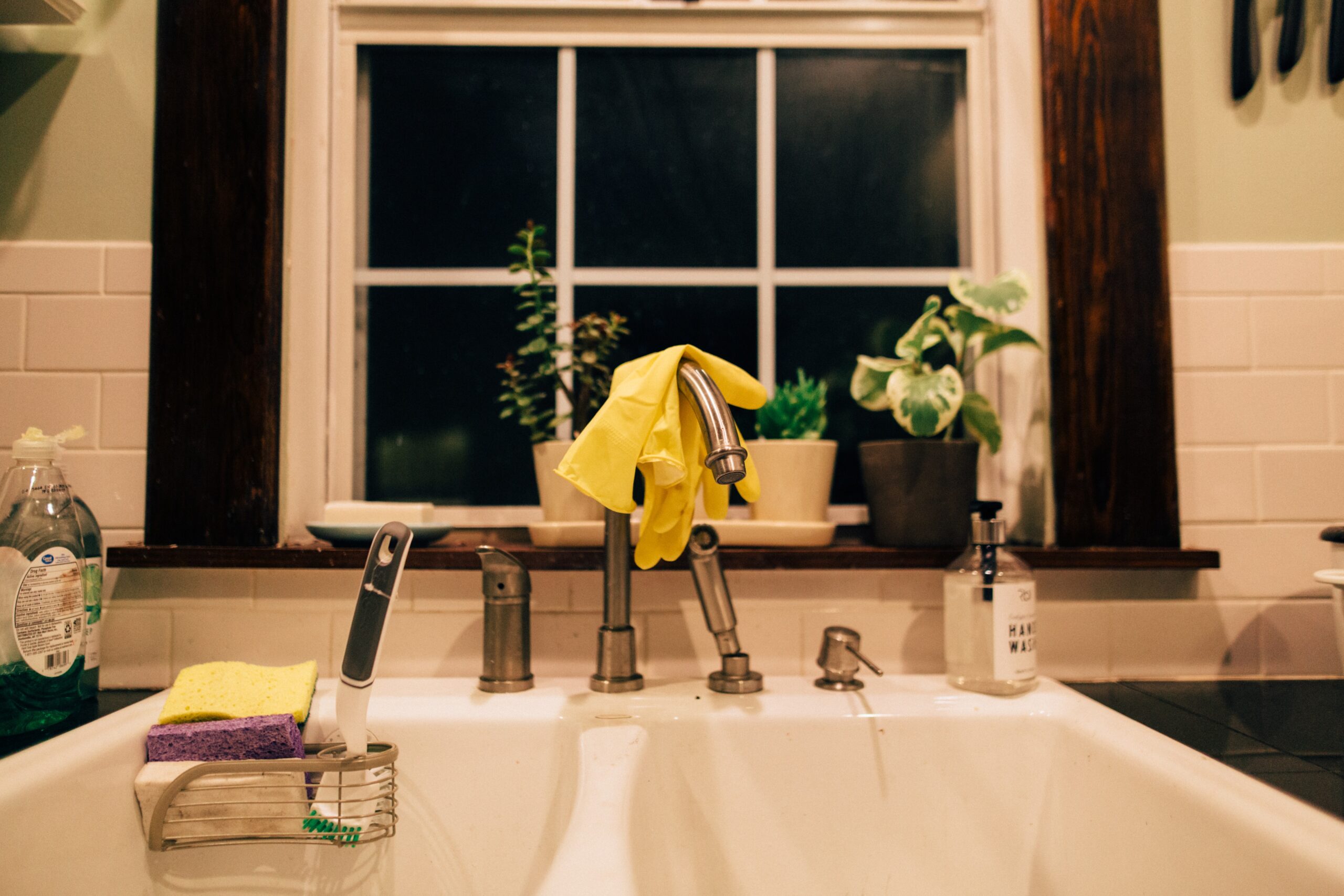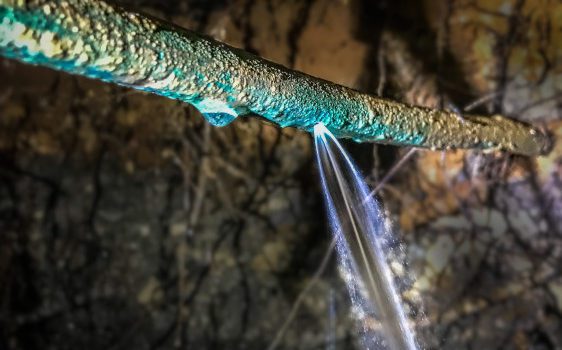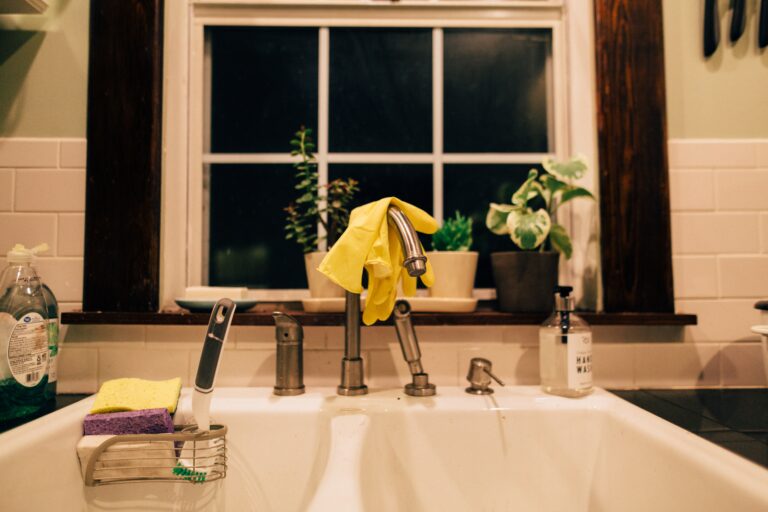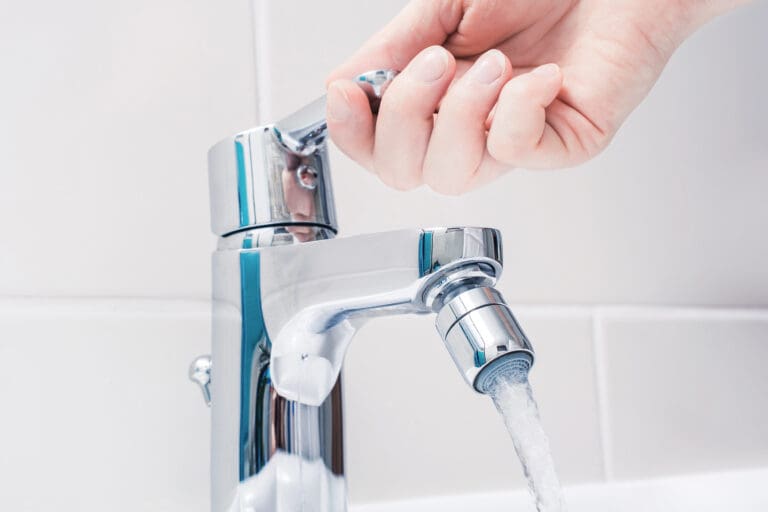As seen in the September 2024 Frisco Style magazine:

WHAT IS A PRV?
Many people assume the water pressure in their houses that the city provides is static and cannot be changed, but that is not the case. Residents in Frisco whose homes were built after 2003 have a device on their water line called a Pressure Reducing Valve. This
device reduces the incoming water pressure to a safer, consistent, predetermined level. Water pressure in the home is like blood pressure in the human body. It needs to be within a certain range for everything to function properly and avoid sometimes serious consequences. The water pressure to the home should be between 40 and 80 pounds per square inch (PSI), according to the plumbing code. All plumbing fixtures, supply lines, and water-using appliances are built to perform within this range. When the water pressure is higher than this, it usually doesn’t cause immediate issues, but it takes a toll over time by wearing out the plumbing faster and increasing the likelihood of leaks/floods
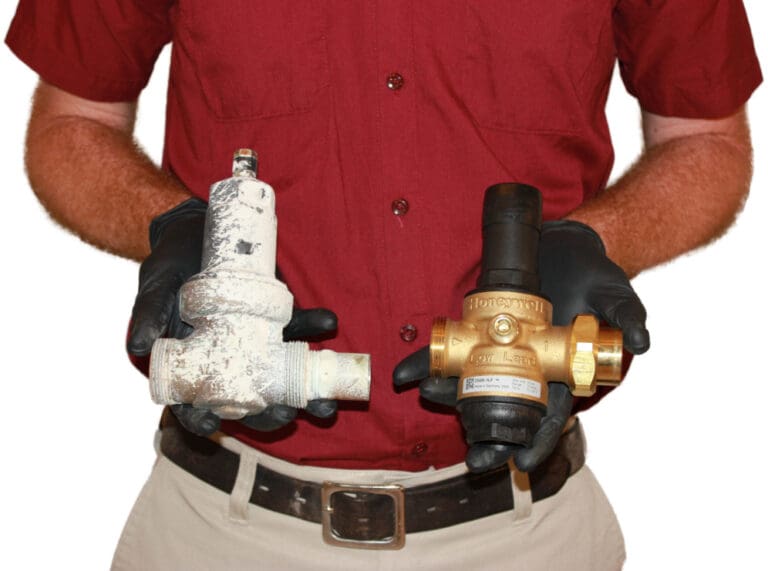
WHAT ARE THE SYMPTOMS OF A BAD PRV?
When the PRV goes bad, it can cause pressure and water flow issues, weird noises, or just start to leak. PRVs typically last between 8 and 15 years before one of these symptoms starts to appear.
Low Pressure – Sometimes, when the PRV fails, it decreases the pressure and water flow across the entire system. If you observe poor water pressure at different faucets throughout the home, this could be the reason.
Noises – Pressure Reducing Valves can also cause weird noises whenever different faucets are turned on. This sometimes sounds like a humming, squealing, or knocking sound.
High Pressure – The PRV can also fail by allowing high water pressure into homes. Although this won’t affect your experience as much as low water pressure, this high pressure is wearing out the plumbing in your home.
Leaking – Finally, PRVs can fail by simply leaking. Because they are usually installed in the front flower bed, it will create a wet, soggy spot where this valve is located
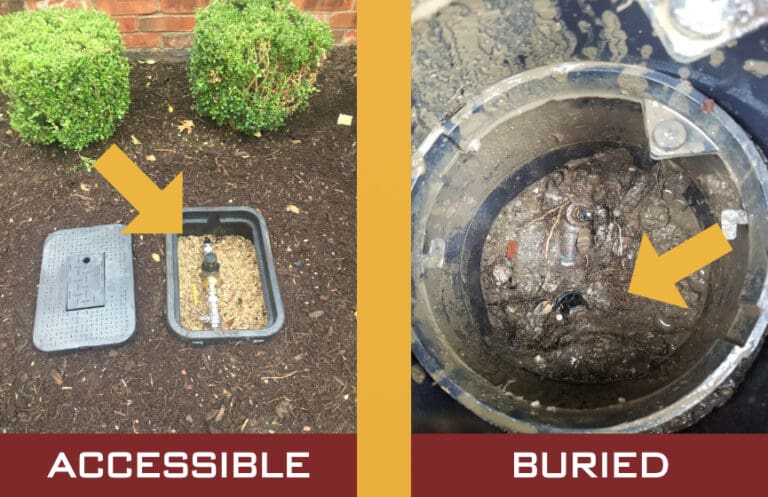
WHAT REPAIR OPTIONS DO I HAVE FOR MY FAILING PRV?
If any of these issues sound familiar, just give us a call. We can run some tests to determine if you have a PRV and if it is starting to go bad. If it is, then we can replace it for you.
If the valve box is in the flower bed, we completely rebuild the water line to make the PRV and main shut-off valve accessible and serviceable. We dig up the old box, cut out the old fittings, and bring the line closer to the soil level. We will then install a new PRV stainless steel ball valve and a new valve box and fill the bottom with pea gravel to prevent the ingress of mud in the future.
Whenever a PRV is installed on the system, an expansion tank is also required on the water heater. No additional work will be required if you already have a good expansion tank. If you don’t have an expansion tank or the one installed is compromised, we’ll install a new one at the water heater during the PRV replacement work.
After the work, we put any disturbed landscaping back as neatly as possible, making it look like we were never there. You’ll have a brand-new PRV that can be easily adjusted and serviced in the future and a new stainless steel ball valve that you can use to shut off the water to your home without needing any tools.
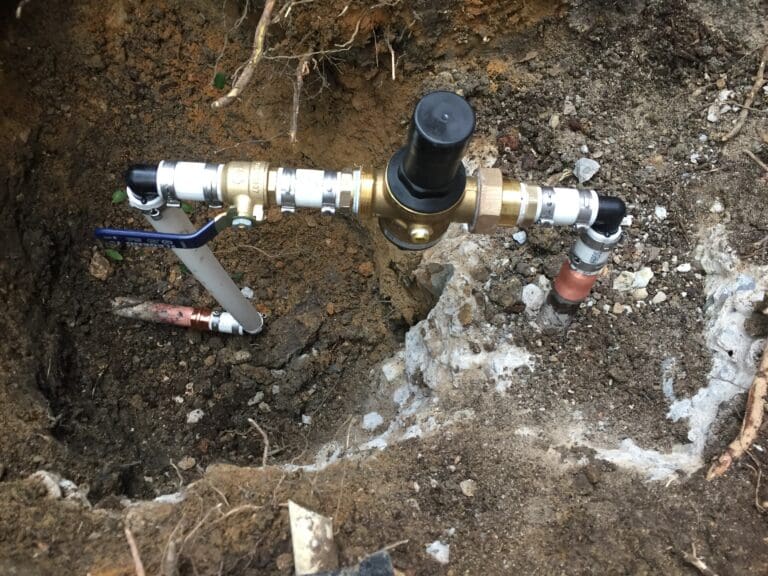
WHY SHOULD I CHOOSE A PROFESSIONAL PLUMBER LIKE LEGACY FOR PRV REPAIRS?
Legacy Plumbing specializes in PRV repairs and replacements and has extensive experience handling expansion tanks. We have helped hundreds of homeowners repair or replace their PRVs.
Communication – We prioritize communication with homeowners, providing options and explanations for each process step.
Cleanliness – We ensure the work area is cleaner than we found it.
Quality – We use high-quality plumbing parts and materials, and our installation methods consistently surpass the minimum required by the plumbing code.
1-Year Warranty – We back our PRV replacement with a 1-year warranty, ensuring a worry-free new plumbing system.




